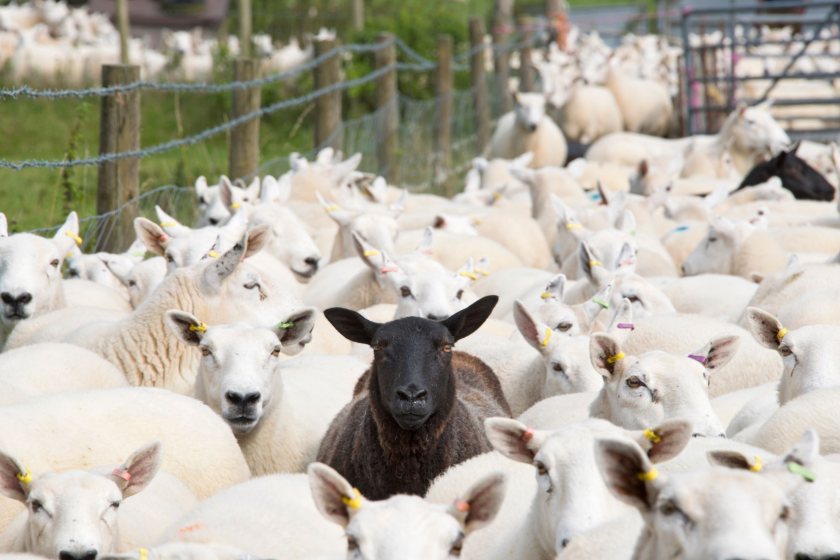
Sheep farmers collect a lot of data about flock performance and could make better use of it to improve health, welfare and productivity, according to the chair of the new industry group.
Sheep producers naturally collate information about their flock, and analysing it will help to focus on key areas to improve, says Nigel Miller, chair of the new Ruminant Health & Welfare (RH&W) group.
“On-farm recording can provoke an immediate management response but then is often side-lined in a file," he said at the recent SHAWG (Sheep Health & Welfare) conference.
"Perhaps there is real value in pulling back that key data and making time to review performance strengths and weaknesses.”
A poll of delegates at the conference revealed that the top three measures used to assess flock performance are scanning (21%), ewe or lamb mortality (19%) and daily liveweight gain (17%).
And the top single measure of performance was identified as lambs sold (50%): “But performance is not just about output, it is also about efficiency, which can be a key factor in determining profitability.”
Mr Miller suggested looking at the full spread of Key Performance Indicators (KPIs) and then to focus on one area to improve.
“Often that will have a knock-on effect to other KPIs too. And if you have a particular goal it’s easier for your adviser to help you. Having a good adviser can be a real game changer.”
One useful stage to measure is the loss between scanning percentages and lambs sold, he said: "There are a range of challenges here, from abortion to extreme weather.”
Targeting the lambing rate to the system can reduce attrition between scanning and weaning; those who are outdoor lambing in the hills will opt for easy-care genetics while lowland producers may push for higher prolificacy.
However, there is evidence that lamb mortality rises where scanning rates are above 170% - in these systems managers will need targeted nutrition and lambing support to achieve good rearing figures.
Ewe nutrition is also key, as thin ewes will have smaller, weaker lambs, lower quality colostrum and compromised mothering ability.
An encouraging 48% of producers polled said they score body condition at scanning, with 15% also sharing that information with their vet or adviser.
“Body condition scoring at scanning is crucial,” explained Mr Miller. “If you identify an issue in mid-pregnancy you can do something about it before lambing time.
“If you really want to be proactive about planning then sharing information with your adviser as it comes in means you can act before something turns into a problem.
"It also helps you to identify strengths and weaknesses at different times of the season. Pre-empting problems is always better than waiting to address it next year.”
Performance at grass is at the core of effective production systems: “Grass management gets a lot of attention but suboptimal performance at grass is still quite common, and it is an area which I find challenging.”
This may be through nutrient deficiencies like cobalt and selenium, or parasites like worms and fluke.
“If you have slower growth rates, don’t accept it. Sheep are most profitable when they are grazing and grazing alone. That’s where to maximise performance over the year,” he said.
“Don’t underestimate the impact of parasites. Many parasite strategies are reactive, but a more proactive approach - providing clean or low risk grazing - may be a passport to high performance at grass.”
